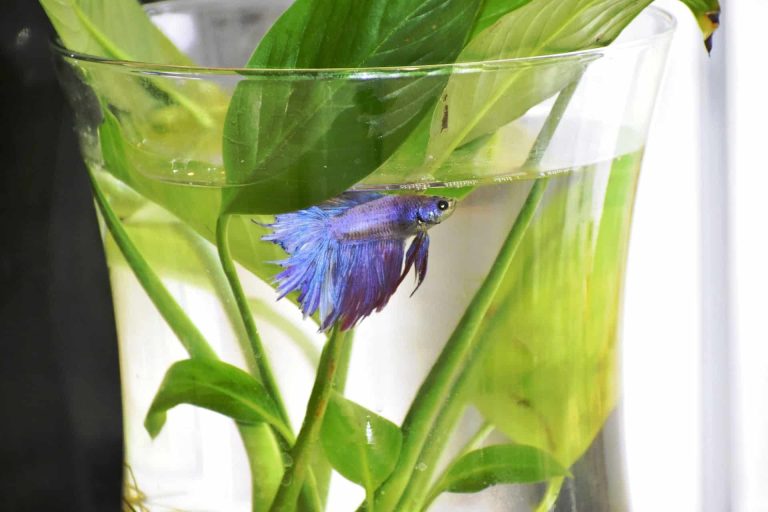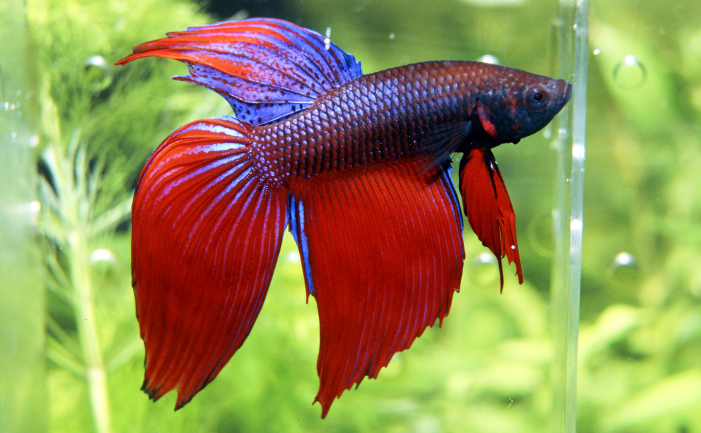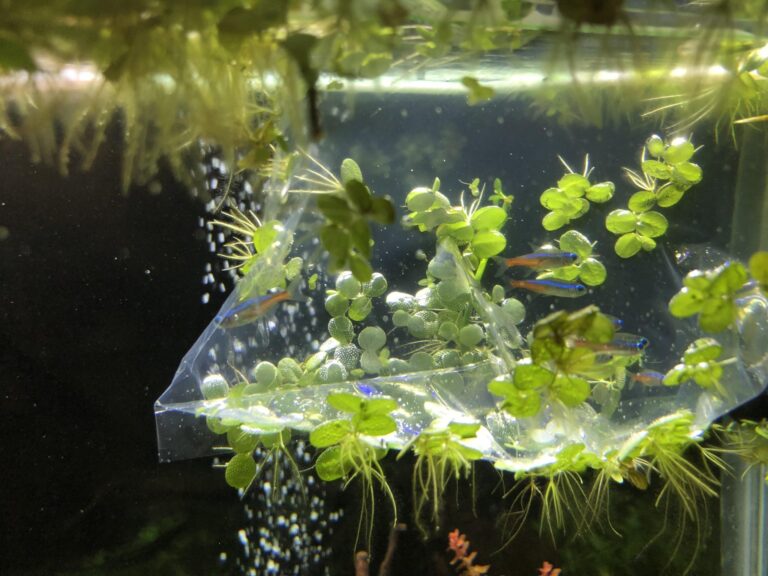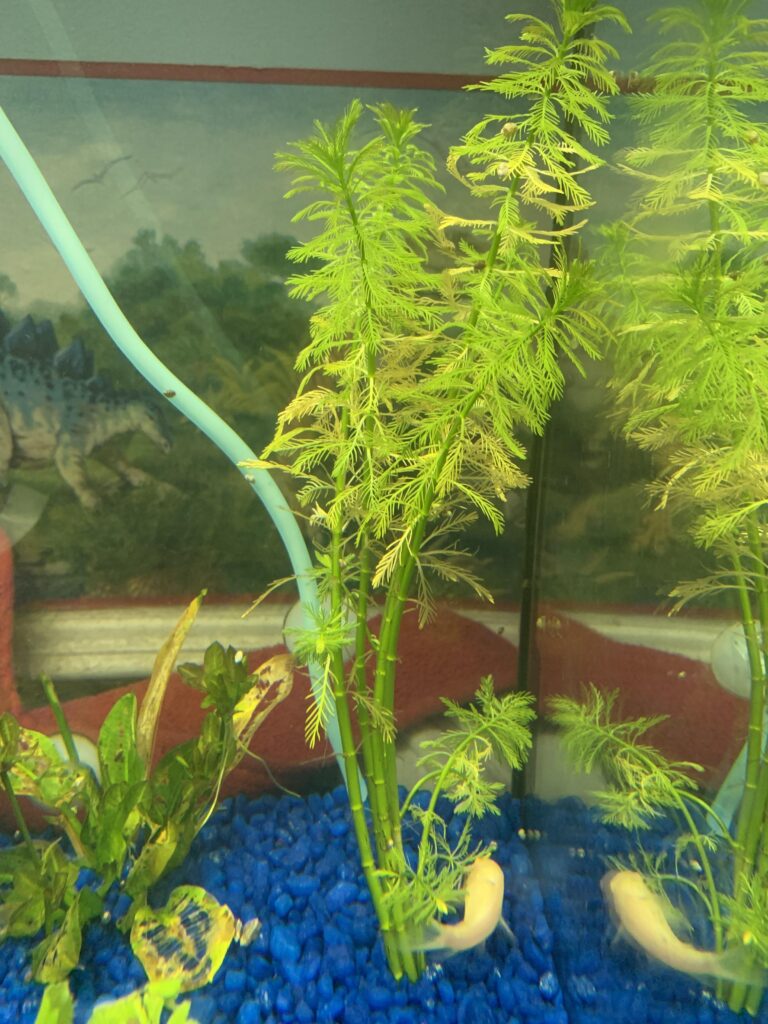Crypt Plant Aquarium: Transform Your Tank into an Underwater Oasis
Crypt Plant Aquarium plants are ideal for freshwater aquariums. They thrive in low to medium light conditions.
Cryptocoryne, commonly known as Crypt plants, are popular among aquarium enthusiasts. These plants are easy to care for and versatile. Crypt plants come in various species, each offering unique leaf shapes and colors. They flourish in low to medium lighting, making them suitable for beginners.
Crypts are slow growers, which helps maintain a balanced ecosystem. Their root systems anchor well in substrates, preventing uprooting by fish. Additionally, they contribute to the aquarium’s health by absorbing excess nutrients. Crypt plants add aesthetic appeal and enhance the natural look of aquascapes. Overall, they are a great choice for any freshwater aquarium setup.
Introduction To Crypt Plants
Crypt plants are popular choices for aquarium enthusiasts. They are easy to care for and add a touch of natural beauty to any tank. These plants thrive in various water conditions and are known for their stunning foliage.
Origins And History
Crypt plants, also known as Cryptocoryne, originate from tropical Asia. They are found in countries like Sri Lanka, India, and Indonesia. These plants have been a part of the aquarium hobby for decades.
Early collectors in the 19th century brought these plants to Europe. Since then, Crypt plants have gained popularity worldwide. Their adaptability and beauty make them a favorite among hobbyists.
Types Of Crypt Plants
There are many types of Crypt plants, each with unique characteristics. Here are some popular varieties:
- Cryptocoryne Wendtii: Known for its wavy, green leaves.
- Cryptocoryne Balansae: Features long, narrow leaves with a crinkled texture.
- Cryptocoryne Parva: The smallest Crypt, perfect for foreground planting.
- Cryptocoryne Spiralis: Has tall, spiral-shaped leaves, ideal for background planting.
Each type has different care requirements and growth habits. Understanding these can help you choose the right Crypt plant for your aquarium.
Benefits Of Crypt Plants
Crypt plants are a favorite in aquarium setups. They offer many advantages beyond their beauty. These plants are low-maintenance and thrive in various conditions.
Aesthetic Appeal
Crypt plants come in various colors and shapes. This variety adds visual interest to any tank. Their broad leaves create a natural look. The lush greenery provides a stunning backdrop for fish. Crypt plants’ unique textures enhance the aquarium’s beauty.
Water Quality Improvement
Crypt plants play a crucial role in maintaining water quality. They absorb harmful chemicals like ammonia and nitrates. This process helps keep fish healthy. These plants also produce oxygen, which benefits aquatic life. Crypt plants reduce algae growth by competing for nutrients.
| Benefit | Description |
|---|---|
| Improved Water Quality | Absorbs harmful chemicals and produces oxygen. |
| Algae Control | Competes for nutrients, reducing algae growth. |
In summary, crypt plants are ideal for any aquarium. Their benefits are both aesthetic and functional.
Selecting The Right Crypt Plants
Choosing the right Crypt plants for your aquarium is crucial. Crypt plants add beauty and natural balance to your tank. This section will help you select the best Crypt plants for your needs.
Factors To Consider
Several factors help determine the best Crypt plants for your aquarium:
- Light Levels: Crypt plants need low to moderate light.
- Tank Size: Choose plants that fit your tank size.
- Water Parameters: Crypt plants prefer soft, acidic water.
- Growth Rate: Some plants grow fast, others slow.
- Substrate Type: Crypt plants thrive in nutrient-rich substrates.
Consider these factors to create a healthy, beautiful aquarium.
Popular Varieties
Here are some popular Crypt plant varieties for your aquarium:
| Variety | Light Level | Growth Rate |
|---|---|---|
| Cryptocoryne Wendtii | Low to Moderate | Slow |
| Cryptocoryne Beckettii | Low to Moderate | Medium |
| Cryptocoryne Parva | Low | Very Slow |
| Cryptocoryne Balansae | Moderate | Medium |
These varieties provide different looks and benefits. Choose the one that suits your aquarium best.

Credit: www.etsy.com
Setting Up Your Aquarium
Creating a beautiful aquarium for your Crypt Plants can be fun. This guide will help you start. Follow these steps to set up your aquarium.
Choosing The Tank
The tank size is important. A larger tank gives more room for plants and fish. A 20-gallon tank is a good start. It provides enough space for Crypt Plants to grow well.
| Tank Size | Advantages |
|---|---|
| 20 gallons | Good for beginners, more space for plants |
| 30 gallons | More room for fish and plants, easier to maintain |
| 50 gallons | Best for advanced setups, stable water conditions |
Necessary Equipment
Having the right equipment is essential. Here is a list of what you need:
- Filter: Keeps water clean and clear.
- Heater: Maintains stable water temperature.
- Lighting: Helps plants grow. LED lights are a good choice.
- Substrate: Provides a base for plants. Use gravel or sand.
- Water Conditioner: Removes harmful chemicals from tap water.
- Thermometer: Monitors the water temperature.
Set up the filter first. Place it at the back of the tank. Next, install the heater. Position it near the filter for even heat distribution. Attach the lighting to the top of the tank. Spread the substrate evenly at the bottom. Finally, add the water conditioner to the tank.
- Place the filter at the back.
- Install the heater near the filter.
- Attach the lighting on top.
- Spread the substrate evenly.
- Add the water conditioner.
Now, your tank is ready for Crypt Plants. Enjoy setting up your aquarium!
Planting Crypt Plants
Crypt plants, or Cryptocoryne, are popular in aquariums for their beauty and hardiness. They thrive in a well-planned environment. This guide will help you plant crypt plants effectively.
Substrate Selection
The right substrate is key for healthy crypt plants. Choose nutrient-rich substrates like aquasoil or clay-based gravel. These substrates provide essential nutrients.
Consider the grain size. Fine grains support root growth better than large grains. Ensure the substrate depth is at least 2-3 inches for proper root anchoring.
Planting Techniques
Proper planting techniques ensure your crypt plants flourish. Follow these steps:
- Trim roots: Trim any damaged roots before planting.
- Dig a hole: Use a planting tool to dig a small hole.
- Place the plant: Insert the plant into the hole gently.
- Cover roots: Cover the roots with substrate, leaving the crown visible.
For best results, plant crypt plants in groups. This mimics their natural habitat. Provide moderate light and stable water parameters for healthy growth.

Credit: en.wikipedia.org
Maintaining Your Aquarium
Maintaining your aquarium is crucial for the health of your crypt plants. Consistent care ensures that your plants thrive and your aquarium stays beautiful. Below are some key areas to focus on for optimal maintenance.
Water Parameters
Crypt plants need specific water parameters to grow well. Keeping the water temperature between 72°F and 82°F is ideal. The pH level should be between 6.0 and 7.5. Use a water testing kit to monitor these levels.
Here are the ideal water parameters:
| Parameter | Range |
|---|---|
| Temperature | 72°F – 82°F |
| pH Level | 6.0 – 7.5 |
Routine Care
Routine care includes regular water changes and cleaning. Change 10-15% of the water weekly. This helps to remove toxins and maintain water quality.
Follow these steps for a successful routine:
- Turn off all equipment before starting.
- Remove 10-15% of the water using a siphon.
- Clean the tank walls with an algae scraper.
- Refill the tank with treated water.
- Turn the equipment back on.
It’s also important to trim dead or dying leaves. This promotes new growth and keeps the tank looking fresh.
Common Challenges
Maintaining a Crypt Plant Aquarium can be a rewarding experience. Yet, it comes with its set of challenges. Here, we will discuss some common issues you might face. We will also provide solutions to help you maintain a healthy aquarium.
Algae Control
Algae can quickly become a problem in a Crypt Plant Aquarium. They compete with plants for light and nutrients. To control algae, follow these steps:
- Limit the duration of light exposure.
- Perform regular water changes.
- Use algae-eating fish or snails.
- Avoid overfeeding your fish.
You can also use algae inhibitors if the problem persists. Monitoring your tank’s nutrient levels helps too. Excessive nitrates and phosphates often lead to algae growth.
Plant Health Issues
Keeping your Crypt Plants healthy is crucial. Here are some common plant health issues you may encounter:
| Issue | Symptoms | Solution |
|---|---|---|
| Yellowing Leaves | Leaves turn yellow and fall off. | Add iron supplements to the water. |
| Holes in Leaves | Leaves develop holes and become fragile. | Check for nutrient deficiencies. |
| Stunted Growth | Plants stop growing or grow very slowly. | Ensure adequate light and nutrients. |
Always check water parameters like pH and hardness. Crypt Plants prefer soft, slightly acidic water. Use a high-quality substrate for better root development.
Additional Enhancements
Enhancing your Crypt Plant Aquarium can bring it to life. Adding complementary plants and creative aquascaping ideas can make a big difference. Let’s explore these enhancements.
Complementary Plants
Pairing Crypt plants with other species can improve your aquarium’s look. Consider plants that thrive in similar conditions.
- Anubias: These plants are hardy and low-maintenance.
- Java Fern: They grow well in low light, making them a good match.
- Mosses: Use mosses like Java Moss to add texture.
| Plant | Light Requirement | Growth Rate |
|---|---|---|
| Anubias | Low | Slow |
| Java Fern | Low | Slow |
| Java Moss | Low | Moderate |
Aquascaping Ideas
Creating a beautiful aquascape involves arranging plants and decorations. Here are some ideas:
- Use driftwood and rocks to create natural hiding spots.
- Place taller plants at the back for depth.
- Add foreground plants like Crypt Parva for a lush carpet.
Consider using different substrates to create a varied look. Sand and gravel can be used together for contrast.
Lighting also plays a crucial role. Ensure you have suitable lights for your plants. Using LED lights can enhance the colors of your aquarium.
Creating A Balanced Ecosystem
Creating a balanced ecosystem in your crypt plant aquarium is essential. It ensures the health of both plants and aquatic creatures. This balance helps in maintaining clear water and vibrant plants. Let’s explore how to achieve this harmony.
Fish And Invertebrates
Fish and invertebrates play a crucial role in a balanced aquarium. They help control algae and clean the tank.
- Algae eaters: Fish like Otocinclus and Siamese algae eaters keep algae in check.
- Bottom dwellers: Corydoras and snails clean up leftover food and debris.
- Peaceful species: Choose non-aggressive fish to avoid stress and injuries.
These creatures not only maintain cleanliness but also add life and movement to the tank.
Symbiotic Relationships
Symbiotic relationships help create a balanced ecosystem. Fish and plants benefit each other.
| Relationship | Benefit |
|---|---|
| Plants and fish | Plants absorb CO2 and release oxygen for fish. |
| Fish and plants | Fish produce waste that acts as fertilizer for plants. |
These symbiotic relationships create a self-sustaining environment. They reduce the need for additional maintenance.
By carefully selecting the right species, you ensure a thriving, balanced aquarium. This helps in creating a beautiful underwater world.

Credit: aqualeafaquatics.com
Frequently Asked Questions
What Are Crypt Plants In Aquariums?
Crypt plants, or Cryptocoryne, are popular aquatic plants. They are known for their attractive foliage. They thrive in low to moderate light.
How Do I Plant Crypt In My Aquarium?
Plant Crypts in substrate-rich soil. Ensure the roots are well covered. Avoid disturbing them frequently.
Why Are Crypt Leaves Turning Yellow?
Yellowing leaves can indicate nutrient deficiency. Ensure proper fertilization. Check water parameters for any imbalances.
Can Crypt Plants Grow In Low Light?
Yes, Crypt plants can grow in low light. They are hardy and adaptable. Ideal for low-light aquarium setups.
Conclusion
Choosing crypt plants can transform your aquarium into a lush, vibrant underwater paradise. These hardy plants thrive in various conditions, requiring minimal maintenance. They improve water quality and offer a natural habitat for fish. Enhance your aquatic environment with crypt plants and enjoy a beautiful, thriving aquarium effortlessly.




